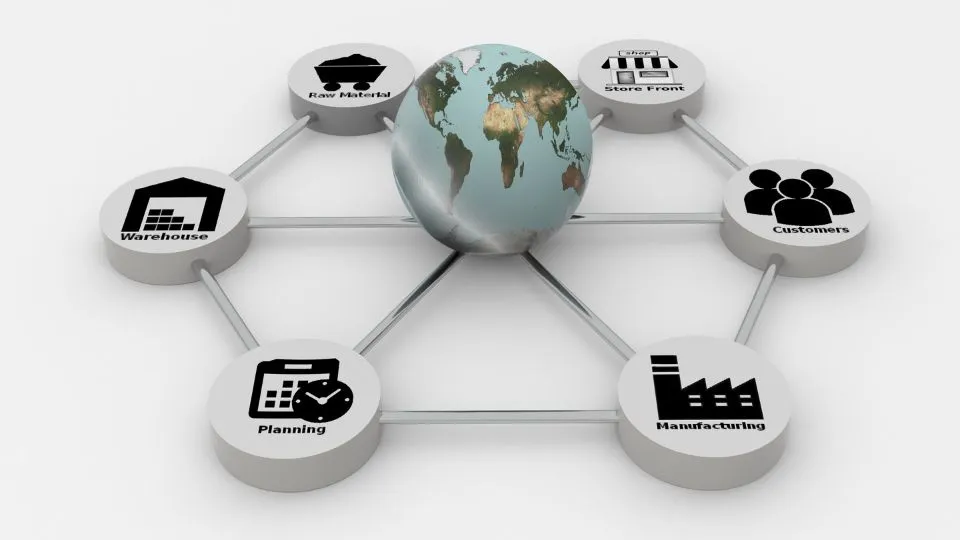Enterprise Application Integration (EAI) is the adhesive that binds various applications, such as financial systems (payroll), ERP systems, customer management (CRM), fleet management, and more. By enabling seamless data integration and real-time tracking, EAI fosters a culture of automation, efficiency, and collaboration within supply chain & logistics.
What is Enterprise Application Integration?
Enterprise Application Integration (EAI) facilitates improved data centralization through different patterns like the Publish/Subscribe Model and Service-Oriented Architecture (SOA). EAI systems enable analytical reports to provide insights for operational systems, enhance fulfillment processes, and proactively resolve inconsistencies. Let’s explore how EAI is set to overhaul the future of supply chain & logistics with innovative trends and technologies.
Potential Issues Companies Might Face Without EAI
Companies without effective application integration face numerous challenges and inconsistencies. These companies often miss out on opportunities due to limited visibility and error-prone processes. Some specific issues include:
1. Working with Data Silos:
Each department maintains separate databases for operational performance, customer data, and KPIs, leading to errors and inconsistencies. Without data integration, decisions are made in isolation, which may not always be customer-centric.
2. Data Entry Errors:
Manual data entry is slow and prone to errors. This inefficiency wastes resources and leads to inaccurate data management.
3. Poor Visibility:
A lack of unified customer views hampers holistic decision-making in sales, marketing, and customer support, making it difficult to address customer frustrations effectively.
4. Limited Scope for Agility:
Without a real-time view and unified data, companies struggle to adapt to changing market conditions and seize new opportunities.
Future Trends in EAI Impacting Supply Chain and Logistics
A unified view of logistics and supply chain systems emphasizes seamless connectivity, barrier-free data sharing, and effective coordination. Departments like warehouse management, inventory, delivery, order processing, sales, marketing, and administration can work harmoniously with integrated data.
1. Hyper-Personalization and Demand Forecasting:
EAI collects customer data from CRM, social media, order processing, and other departments to create a 360-degree customer profile. Using AI and machine learning, you can predict customer behavior and hyper-personalize experiences.
2. Seamless Department and Process Connectivity:
EAI fosters interoperability and seamless connectivity, enabling real-time decisions and automation in company operations.
3. Autonomous Logistics Vehicle Collaboration:
EAI, combined with blockchain technology, AI, IoT sensors, and machine learning, ensures transparent and secure data exchange. This system can revolutionize last-mile delivery and warehouse operations, reducing costs and increasing efficiency.
4. IoT and EAI-Enabled Sustainable Supply Chain Management:
IoT sensors on packages, vehicles, and warehouses allow tracking of resource consumption, goods condition, vehicle condition, driver health, carbon footprint, and waste generation. Proactive problem-solving based on this data promotes sustainable practices and reduces environmental impact.
5. Predictive Maintenance Leading to Higher Efficiency:
AI and machine learning analyze sensor data to predict equipment failures and vehicle breakdowns. This leads to predictive maintenance, reduced downtime, and improved work efficiency and product quality.
Step Towards Effective EAI with INTECH
Application integration consolidates data from multiple sources, providing a holistic view that enables data-driven decisions. At INTECH, we leverage our expertise in EAI to set up the requisite infrastructure, workflows, and procedures. With a proven track record of 100% success in EAI implementation, we will build a bespoke strategy, allowing your supply chain organization to maximize ROI.







